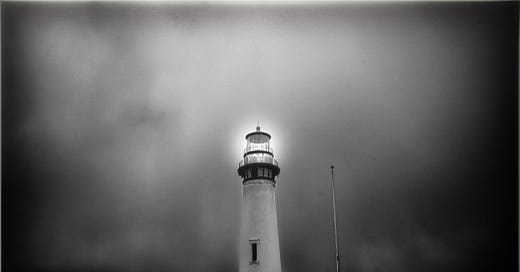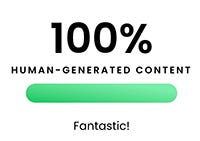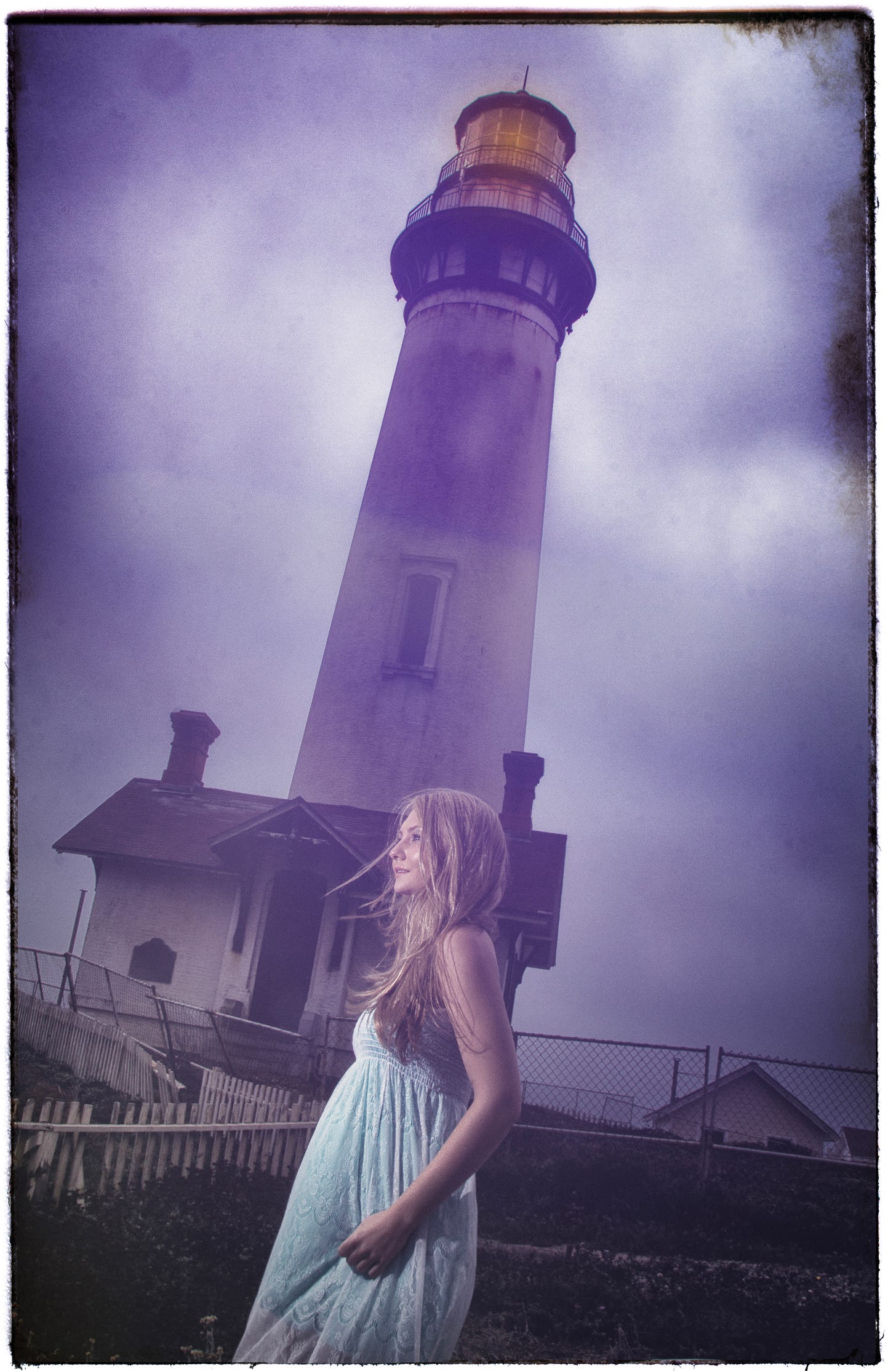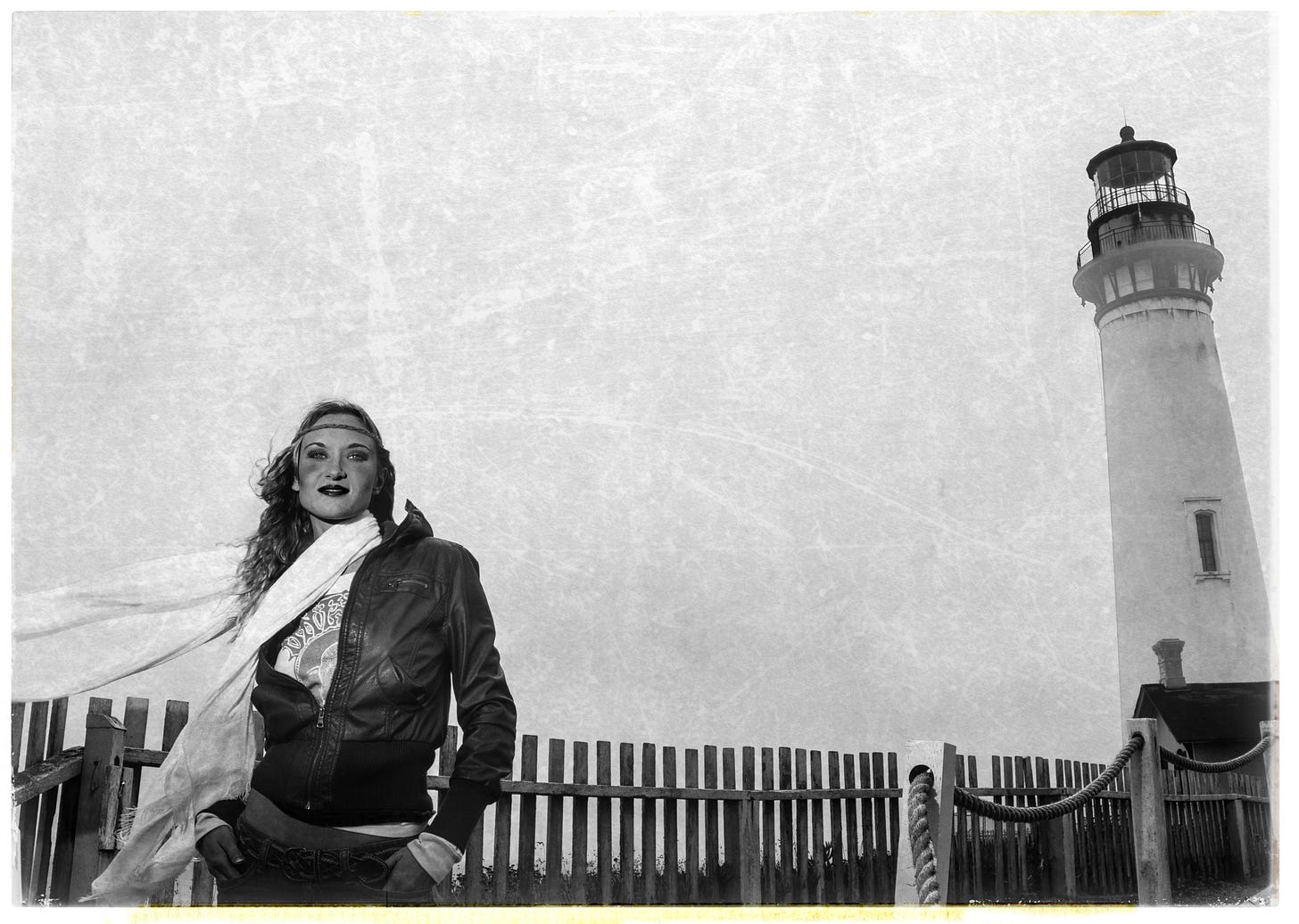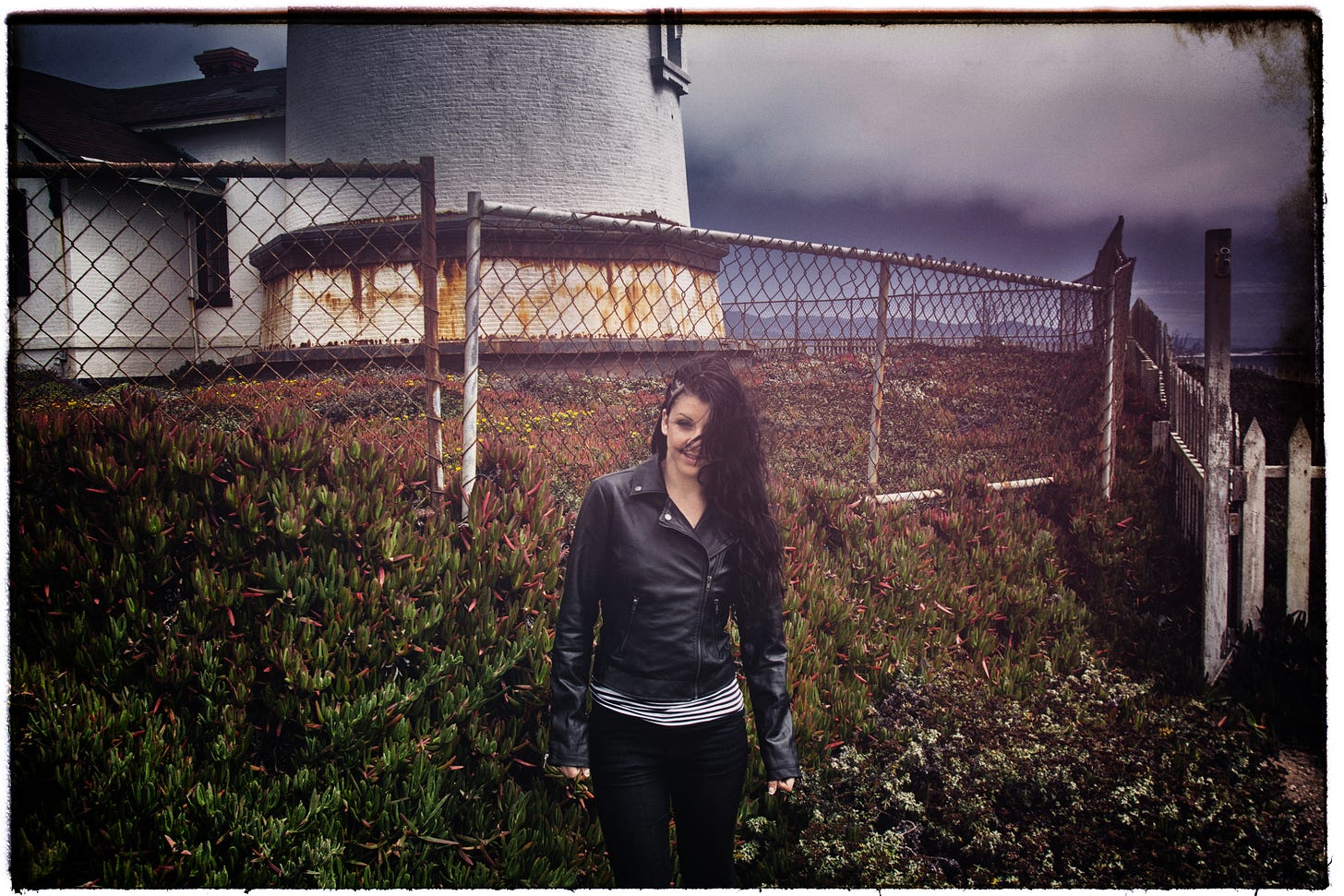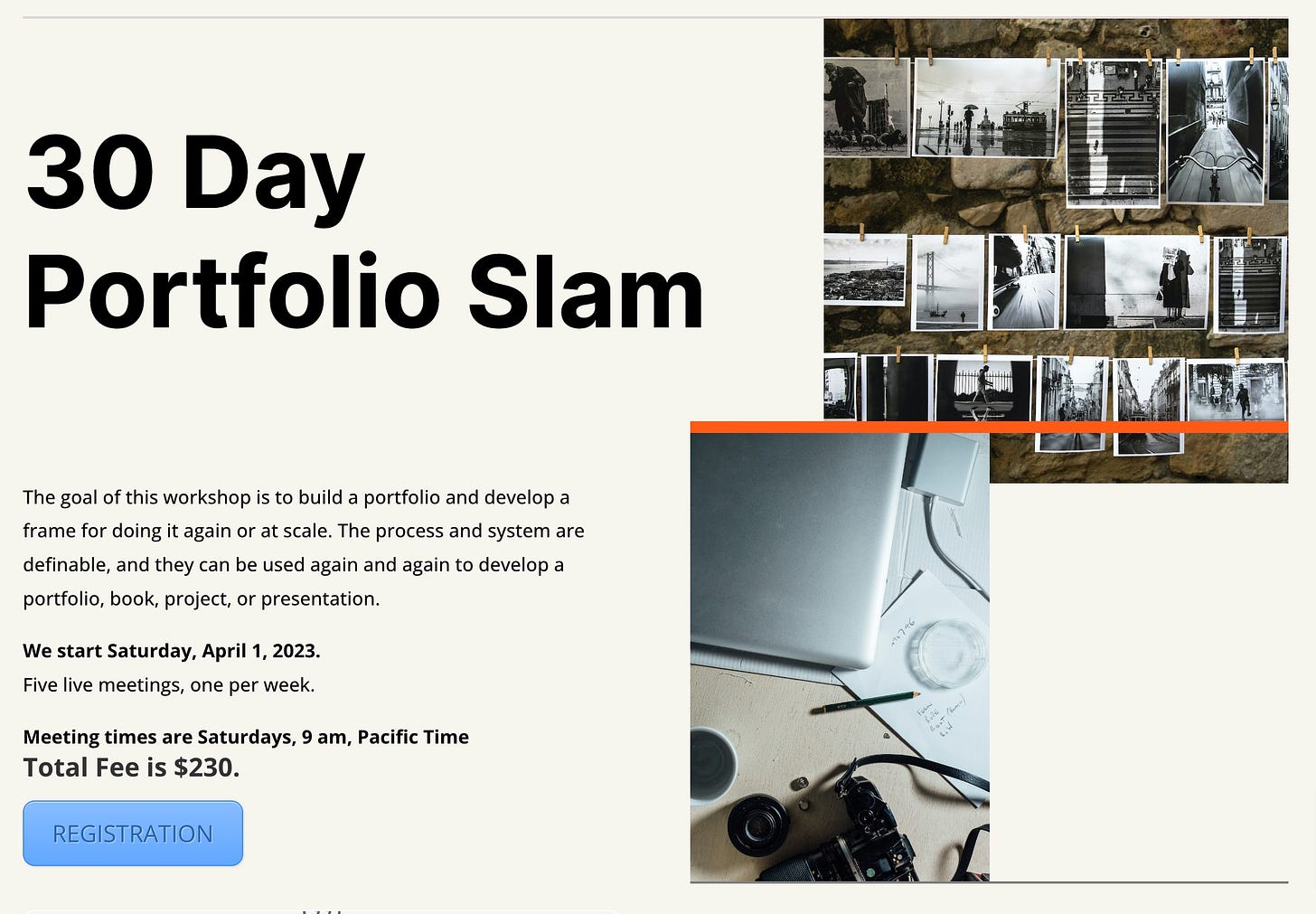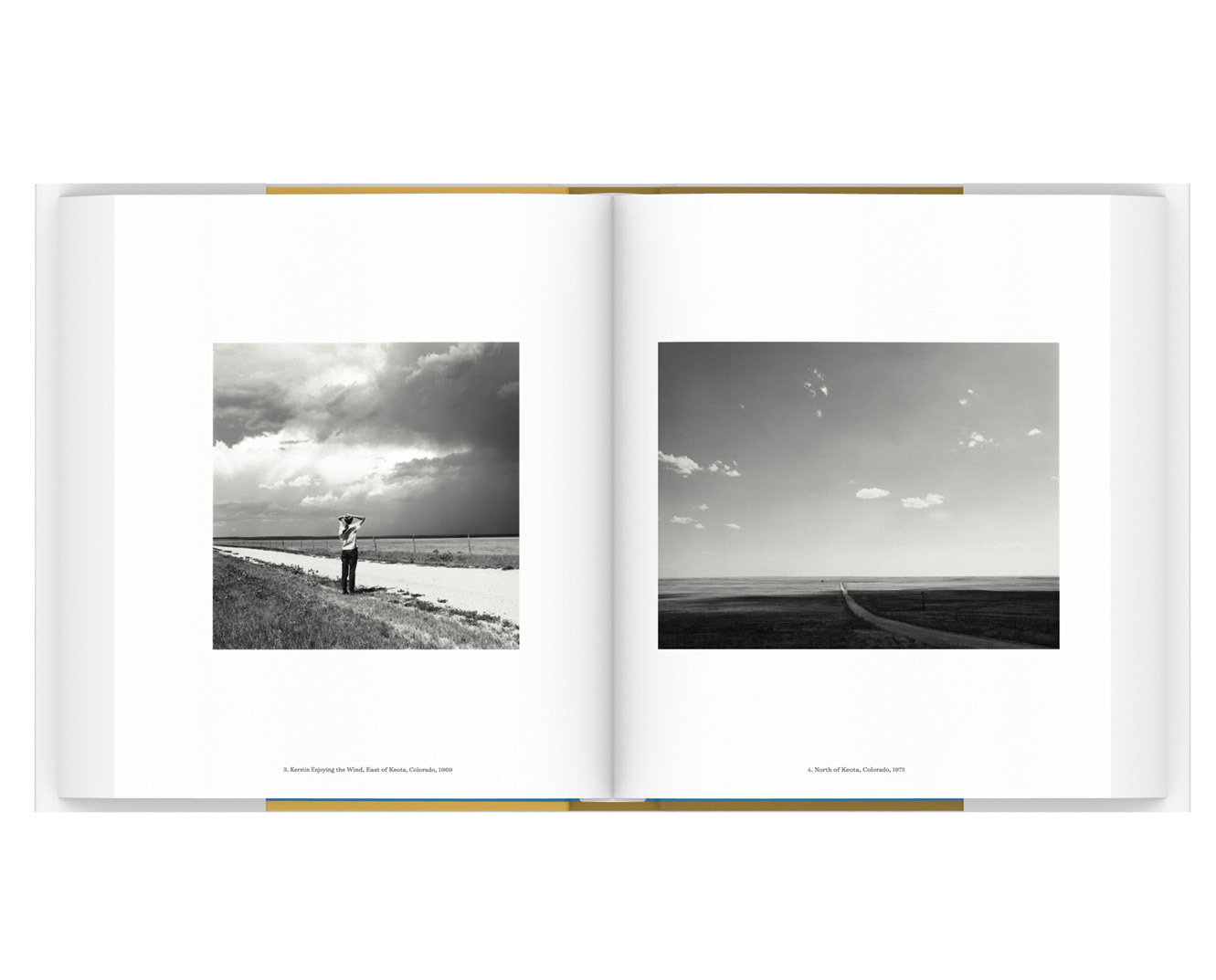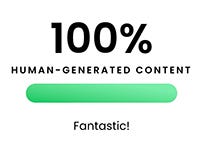Stop Worrying about AI and Just Make Art
Too many fear monger stories designed to scare you, make you click, and ignore your art.
Tiresome. Truly tiresome.
Article after article about how this photographer, that photographer, and the photographer over there hiding in the bushes are using AI to supercharge their already dismal portfolios and creating oh-so-awesome photos that look like something out of a bad Marvel movie.
C’mon.
It’s clickbait.
It’s all over Medium, all over the news, all over photo sites like Petawhatever.
And it conveniently misses the actual, inconvenient, truth.
AI intellectual property laws are a mess, and they don’t look all that positive for those wanting to make a bazillion dollars off of typing: “Show a zebra in a tutu.”
The copyright office is standing firm, for now.
In order to be copyrighted, the art must be made by a human, a person, someone who breathes. Air.
They refused copyright to a monkey who made a photo, so they are not in the mood to grant it to something where there are trillions of dollars at stake in copyright theft allegations.
So - either way - it’s going to be a while.
The idea of someone owning something that so many others can lay claim to is going to be daunting, and I do believe the courts and commissions will side with the simplest answer: made by AI and it is public domain.
As it stands right now, you can use anyone’s generative work as your own, and they have no recourse. There is no copyright or trademark infringement, as there is simply no law governing that.
Ad agencies are not going to go near this stuff if they are smart. That, of course, means that some agencies will. And they may or may not suffer their stupidity. As a former agency owner, I can double-damn guarantee you we would not touch this thing with a ten-foot pole until we understood the legal liabilities of doing so.
Keep making your art. Keep telling people that it is authentic. I am using this little graphic on my writings, my new books, and anything I write on Medium or other platforms.
(Even the term “Artificial Intelligence” is misused. It is not artificial, it exists as a database. Something very real. It is not intelligent, as it is limited to the logarithms and data it was trained on. It is not sentient, nor will it be. Intellgence can find meaning in things it doesn’t know. AI finds no meaning because it really does not know anything, it is simply spitting back data in a probability scenario.)
Now the questions come:
“So you hate AI, huh?”
Nope. I am an active user on ChatGPT, love the AI stuff in Topaz, Adobe, and OnOne. I have both Canva and Adobe Express, and I cannot wait for Firefly… it looks awesome.
I think the AI masking tools in Lightroom and Photoshop are incredible, and I use them - every one of them - with no trepidation.
Because… they are tools for MY art production.
They are not producing ‘art’ for me.
Realistically, AI is a very fast database algorithm that uses prediction and probability to decide what pixel comes after the one it just made. This is supercomputing at its best. What it comes up with is a statistical model (a chart) of pixels representing the probability of those pixels being in close proximity to each other based on the prompt it receives.
That’s a fancy bar chart.
And some of the stuff it creates is really fun, really interesting, and woefully worthless. Like cotton candy for the eyes… all sugar and nothing else.
I could spend 10,000 words on all the cool stuff you can do with AI to jumpstart your creativity and never get to the part where you text if seven words and it kicks out a masterpiece… because that is not what it does.
But it will outline a book for you. Fast.
It can help you with ideation, shot lists, storyboards, and some things you hadn’t thought of.
Need a quick email template for sending queries to clients? No problem.
Here, use this prompt for a handy sales letter for potential customers:
“Please write a copy using the 'Pain-Agitate-Relief' framework to convert leads into customers. Identify the pain points faced by [ideal customer personal], amplify the negative consequences of not addressing these pain points, and present our [product/service] as the solution that brings relief. Include variables such as [product/service], [unique selling point], and [desired action].”
I recommend you do it with GPT3.5 and GPT4 so you can see the difference between the models.
And it will spit something very workable back at you. And it will sound cheesy, over the top, unclassy, and somewhere between a textbook and a badly translated IKEA instruction sheet.
But it will be a splendid first draft.
A piece you can work with to make your own piece with your own voice. The hard part - the first draft - was done for you, and now you get to put the icing on the top.
And see, that’s the thing… that’s the rub… that’s going to be the problem going into tomorrow from today.
Your excuses are dead.
“I am not good at writing,” is right out of the window.
”I don’t know where to start” is dead on arrival.
”What do I write about?” is doomed to the trash bin.
Even if you did not change a single word on that prompted script that those kind pixel-pushers at GPT4 have done for you, it is better, far better, than nothing.
This is it.
The end of the line for whatever is stopping you from committing to getting shit done.
I KNOW that if you do what I am telling you to do, you can be successful in this business.
I KNOW that my system of marketing and promotion makes client acquisition so much easier.
I KNOW that too many, damn far too many, artists are simply not engaging the opportunities in front of them due to a lack of confidence, knowledge, and - well - guts.
I see this in my mentorship.
Once a photographer lets go of their fears, gains confidence through practice and preparation, and actually begins to market themselves, work almost magically appears.
My student, Ken, did the 30-Day Portfolio Slam with me last time. We built a book of work for him in the kitchenware and knife arena. One month.
He put together a killer portfolio of imagery, printed up a nice mailer, and sent six of them to a carefully selected list of possible clients.
He got his first call four days after sending them out and the gig is in the five-figure range.
And he is not the only one that this is happening to.
From national to multi-national clients, my students who DO what I TELL them to do find success.
No more fear of AI
No more fear of commitment.
No more doing nothing and expecting everything.
NO MORE EXCUSES!
AI is here, and one thing is perfectly crystal clear. It is not going anywhere.
Learn it. Use it. Make it do the heavy lifting.
And know this…
Ignore AI at your peril, as it is going to be ubiquitous sooner than you think.
Get on ChatGPT and just play with it.
Get a free account at Canva and experiment.
Adobe Express and the upcoming Firefly are a blast… See what you can do.
And then just make stuff. Make something every day.
Live your creative life!
30-DAY PORTFOLIO SLAM IS OPEN FOR 4 MORE STUDENTS.
For more information, see this page.
For fifty years, Robert Adams has made compelling, provocative, and highly influential photographs that show us the wonder and fragility of the American landscape, its inherent beauty, and the inadequacy of our response to it.
American Silence: The Photographs of Robert Adams examines Adams’s reverential act of looking at the world around him and the almost palpable silence of his photographs. It includes works that capture the sense of peace and harmony that the beauty of nature can instill in us, created through what Adams calls “the silence of light” of the American West (as seen on the prairie, in the woods, and by the ocean), as well as pictures that question our moral silence to the desecration of that beauty by consumerism, industrialization, and lack of environmental stewardship. The book features some 175 works from Adams’s most important projects and includes pictures of suburban sprawl, strip malls, highways, homes, and stores, as well as rivers and skies, the prairie and the ocean. While Adams’s photographs lament the ravages that have been inflicted on the land, they also pay homage to what remains.
— Amazon.
This is one of my favorite books at this moment. I purchased it last year and have been perusing it nearly once a week. Adams is an amazing photographer with subtleties that will blow you away.
I love doing this weekly Dispatch, and I will keep it free forever. But it is not free to do. If you would like to support my efforts here, please consider using this Amazon affiliate link whenever you head to Amazon to do some shopping. It can help me out, and it costs you nothing.

